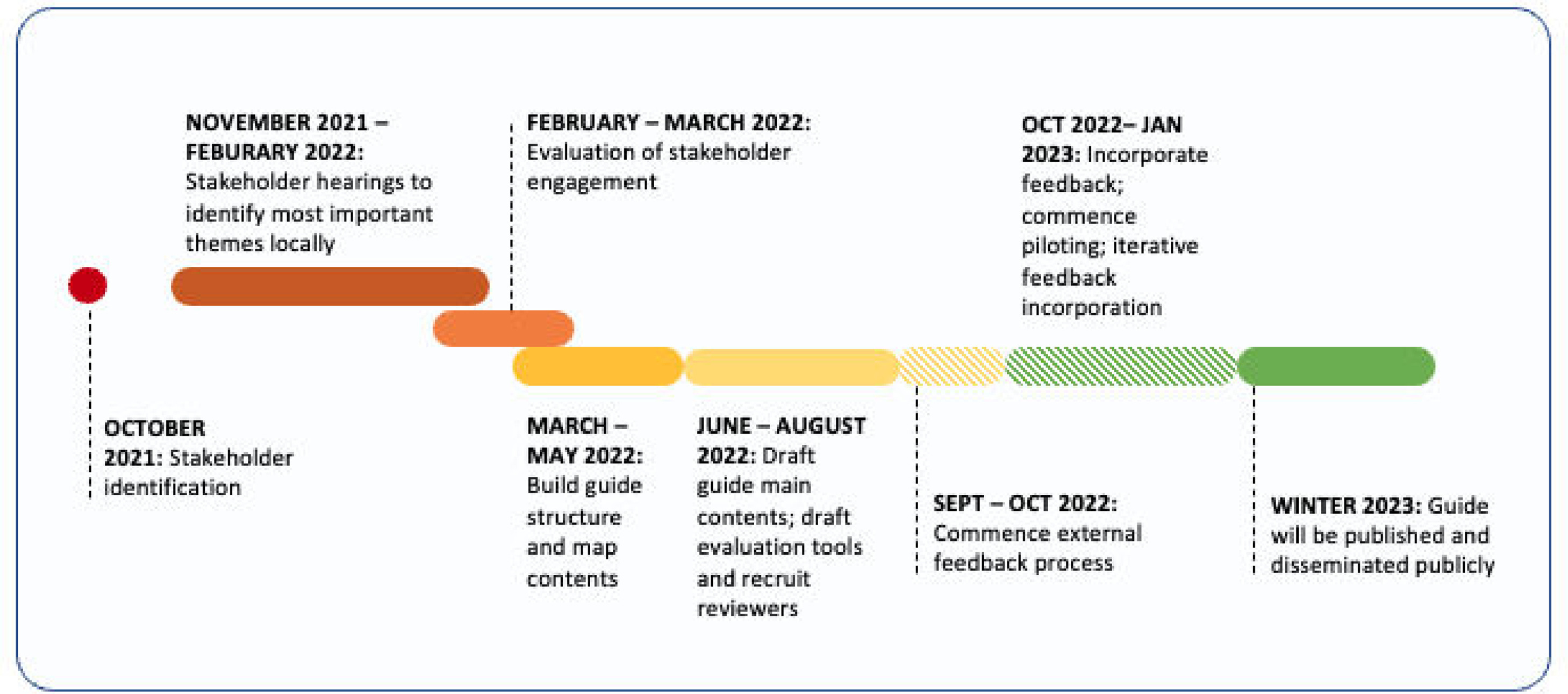Sarah Perkins-Kirkpatrick, Donna Green, Chapter 2 - Extreme heat and climate change, Editor(s): Yuming Guo, Shanshan Li, Heat Exposure and Human Health in the Context of Climate Change, Elsevier, 2023, Pages 5-36, ISBN 9780128190807, https://doi.org/10.1016/B978-0-12-819080-7.00006-9.
Principles and Practice of Pediatric Infectious Diseases (Sixth Edition) - Chapter 75: Osteomyelitis
Principles and Practice of Pediatric Infectious Diseases (Sixth Edition)
2023, Pages 493-500.e3
Nelson Pediatric Symptom-Based Diagnosis: Common Diseases and their Mimics (Second Edition)
2023, Pages 431-449.e2
Nelson Pediatric Symptom-Based Diagnosis: Common Diseases and their Mimics (Second Edition)
2023, Pages 661-671.e1
Visualization Techniques for Climate Change with Machine Learning and Artificial Intelligence, 2023, pp 377-399
Principles and Practice of Pediatric Infectious Diseases (Sixth Edition), 2023, Pages 1125-1133.e4
This content aligns with Goal 3: Good Health. Hepatitis B prevalence is highest in the WHO Western Pacific Region and the WHO African Region, where 6.2% and 6.1% of the adult population is infected, respectively. In the WHO Eastern Mediterranean Region, the WHO South-East Asia Region, and the WHO European Region, an estimated 3.3%, 2.0%, and 1.6% of the general population is infected, respectively. In the WHO Region of the Americas, 0.7% of the population is infected. Global differences of HBsAg positivity prevalence between males (3.9%) and females (3.5%) are small.
Nelson Pediatric Symptom-Based Diagnosis: Common Diseases and their Mimics (Second Edition), 2023, Pages 306-319.e1
This content aligns with Goal 3: Good Health. This chapter identifies potentially life-threatening conditions, to focus on emergency measures to manage immediate threats to life, and to prevent irreversible end-organ damage.
This article provides a discussion of the history and the contemporary issues pertaining to Historically Black Colleges and Universities (HBCUs) in the United States. It draws upon relevant literature and provides an in depth understanding of HBCUs. In particular, the article focuses on the impact of industrial philanthropy on the leadership and curriculum of HBCUs; the intersection of the law with HBCUs, especially as it pertains to desegregation; the role of HBCUs in the civil rights movement; and the impact of Federal recognition of these institutions.


